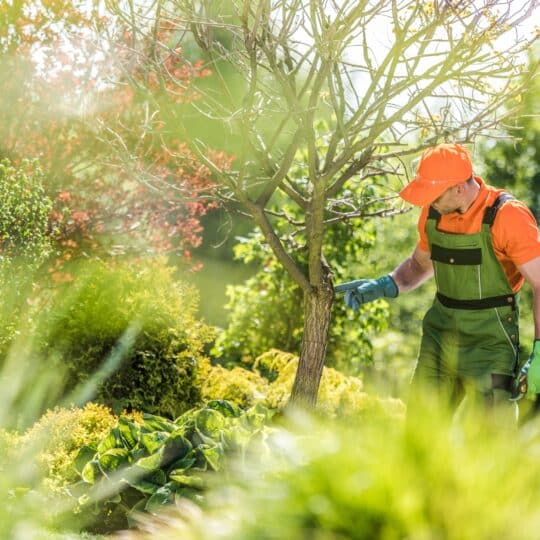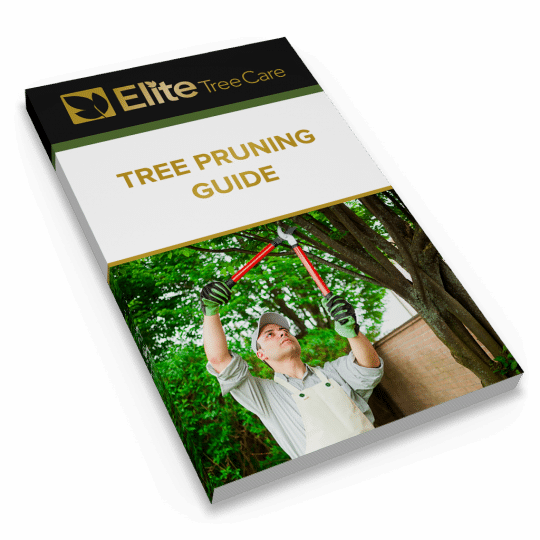Assess Your Trees this Summer
Recognizing Signs of Stress
Posted
July 11, 2024

Trees are a welcoming sight in the summer. Their shade can provide a cooling oasis in any environment. This is one reason why it’s important to help maintain a tree’s health in order to provide an optimal retreat from the heat. Here are some tips on assessing a tree for pruning to remove any potential hazards and promote healthy growth.
Properly Assessing a Tree for Pruning
While you’re looking to your tree for shade this summer, take some time to assess its health. Like many living things out in this heat, a tree can also show signs of stress. Here are some reasons why proper tree assessment is important:
- Identify problems before they become severe.
- Help prevent diseases and pest infestations.
- Ensure trees are structurally safe to prevent potential accidents.
- Promoting the long-term health and vitality of trees.
- Improve the natural landscape around your home.
Before you do any pruning, start with a visual inspection of your tree. Walk around to see it from all angles and look closely at the leaves, branches, and bark for signs of any abnormalities. While summer is not the ideal time for pruning, it’s always the right time to remove a potentially hazardous branch. These are the damaged, diseased, and dead branches that are more likely to break off during a summer storm.
Signs of Tree Stress
Would you be able to tell if your tree was in trouble? There are some obvious signs of distress, but there are also some underlying factors that can contribute to poor tree health. Here are some things to look for:
- Leaf color. Healthy leaves are vibrant and green. If they’re already wilting, turning yellow, or have discolored spots, this could be a sign of a nutrient deficiency, disease, or pests.
- Leaf shape. If the leaves look deformed, stunted, bitten, or skeletonized it can indicate health and pest issues.
- Sparse canopy. If the leaves are already falling and there are a number of bare branches, it’s a sign of stress or disease.
- Broken branches. Healthy branches are flexible, but sick, brittle branches break easily.
- Unusual growth. Healthy trees go through consistent growth patterns each year. If you notice stunted growth, oozing sap, or dark growths on the bark, it could be a sign of pests or disease.
The best way to deal with a problem is to get it assessed by a professional arborist. If it’s a pest or disease, each condition has its own specific treatment option. While environmental stress may be improved with adequate watering and mulching, the issue could also be rooted in soil compaction or injury. A pro will know the cause and appropriate solution.
Contact Elite Tree Care to come help assess your trees this season. By regularly inspecting and addressing any issues promptly, you can help ensure your tree’s longevity and vitality throughout the summer and all year long.

Download Your FREE Tree Pruning Guide
Learn how, when, and how much to trim or prune your trees to maximize their health and beauty. This guide covers the factors that go into tree trimming (pruning) and will help you make a more informed decision about hiring a professional tree service.